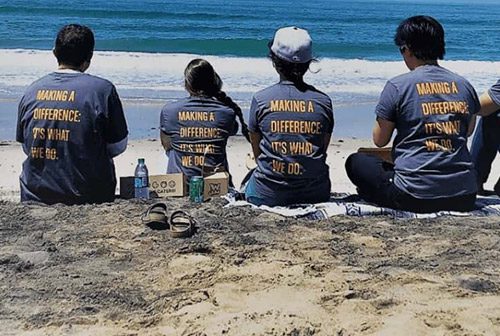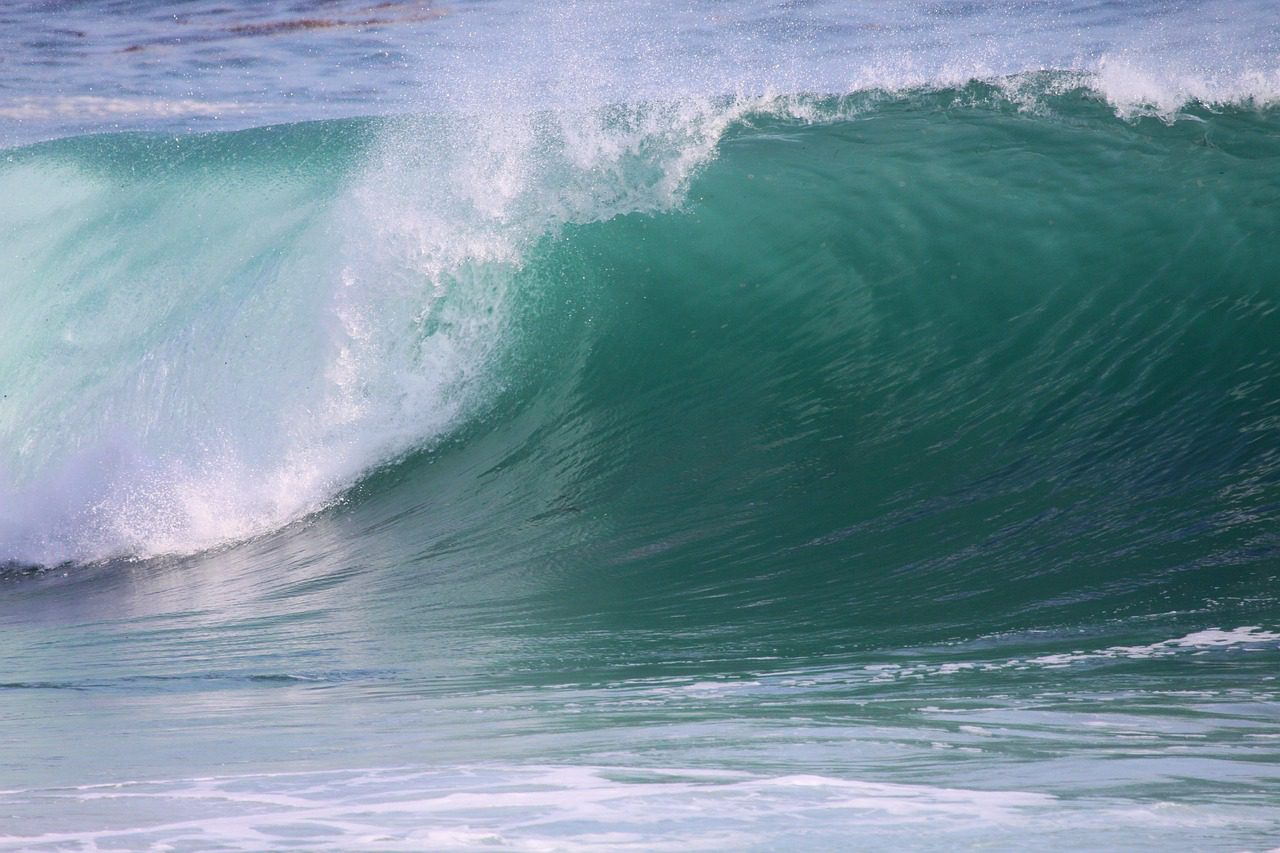Indirect potable reuse sounds technical, doesn’t it? Referred to as IPR, it a process that recycles wastewater into water so clean that it can augment our reservoirs and help increase our drinking water supplies.
This means that in non-technical terms, it’s recycling water we’ve already used.
At San Diego Coastkeeper, we believe in the old adage “reduce, reuse, then recycle,” and that’s how IPR fits into the equation of where we get our water. First, the less water we use in San Diego, means the less water we have to import. Given that more than half of the residential water use goes to landscapes, watering your lawn less can make a difference.
Reusing will also help decrease demand for water that currently travels more than 400 miles to get to your tap. Simple steps like installing rain barrels at your home and capturing shower water to give to your plants, reuses water in a second application and decreases the amount of water the region needs to import (currently, we import more than 80 percent of our water).
Then we should recycle water. IPR in San Diego means taking wastewater that would be discharged into the ocean through the Point Loma Wastewater Treatment Facility and treating it to drinking water standards before it is used to recharge our local reservoirs. If your first reaction to this concept is “yuck,” you’re not alone. But most people aren’t aware that we safely drink “toilet to tap” presently, as 400 million gallons of treated sewage are discharged into the Colorado River before it becomes our drinking water. And numerous cities already use similar projects, including Orange County, which currently produces 70 millions gallons of IPR water daily, enough for 500,000 residents.
In late 2008, the San Diego City Council approved a water rate increase to fund a pilot project demonstration facility to test whether IPR can successfully augment our water supplies. Already paid for, this pilot project is currently underway, and if successful, will ultimately provide up to 16 million gallons of advanced treated water per day from the city’s existing reclamation facilities that currently provide water for non-drinking uses like irrigation. A second study is also underway exploring opportunities to build new plants that could reclaim 50 or 100 million gallons or more of water daily, which could meet half of the city’s water needs!
In addition to providing much needed water supplies to our region, IRP has many more benefits such as:
- Protecting the ocean from more than 150 million gallons of treated wastewater that the Point Loma Treatment Facility currently pumps into it.
- Saving residents money because IPR is less expensive than importing water, which utilizes up to five percent of the state’s energy just to move supplies from Northern California to Southern California, or desalination, which requires a huge amount of energy to remove the salt from the water.
- Creating cleaner and safer water than what is currently imported into our region due to the treatment process and the stringent review and monitoring by the California Department of Health services and other regulatory agencies.
The two-year pilot project and regional assessment are expected to come to completion in 2011. In the mean time, learn more about recycling wastewater into drinking water and how you can help make it a reality for all of San Diego.













